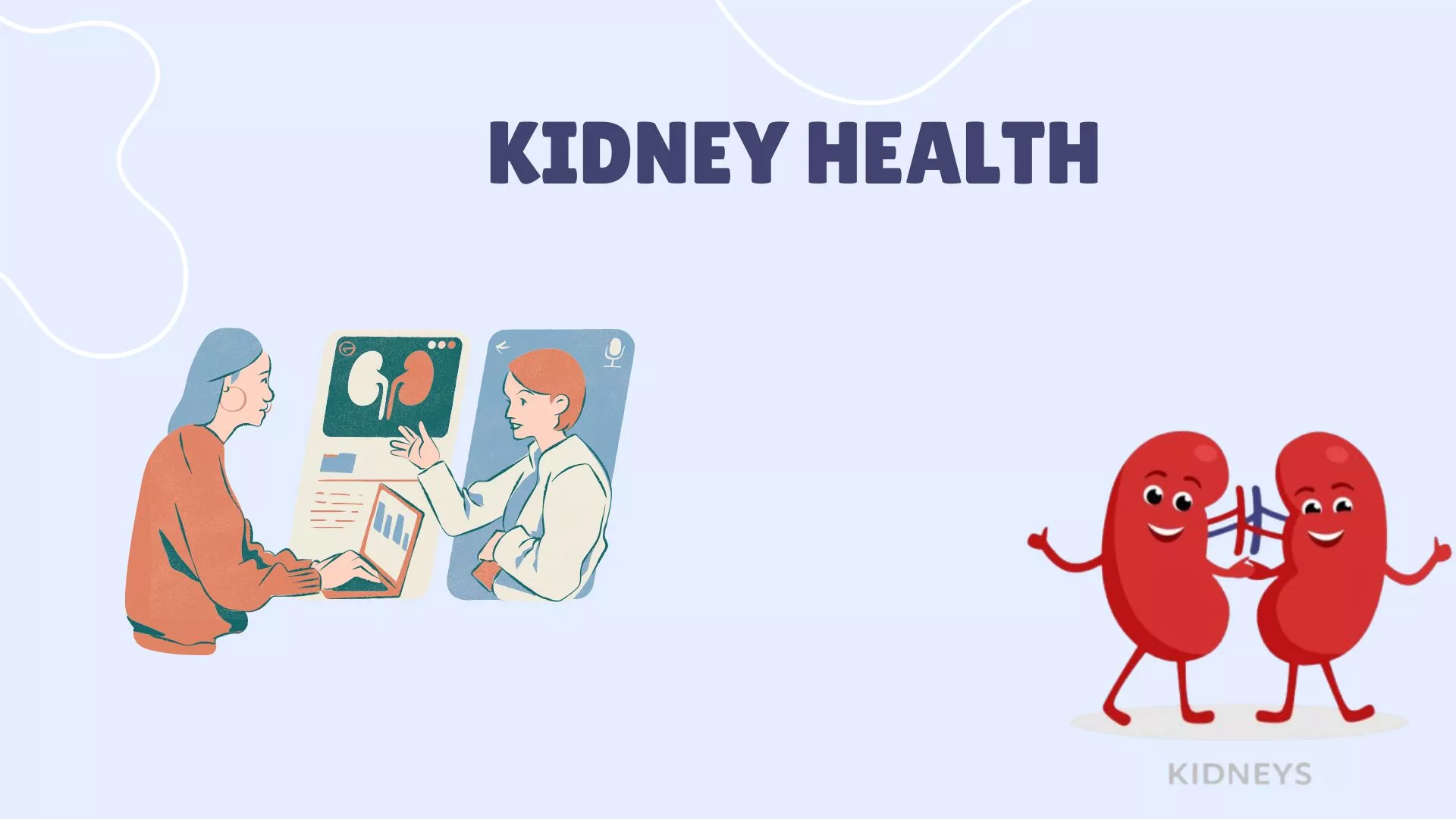Whether your neck pain is from a chronic condition or if you’ve just woken up with a stiff neck, the following tips should help you experience less pain. If the pain persists, it is always advisable to consult a neurologist in Kochi Kerala for proper evaluation.
Here are some simple tips to prevent neck pain/ injury:
1. Make sure your computer monitor is at eye level
Sit comfortably in front of your computer and close your eyes. When you open them, your gaze should be directly in the middle of your computer screen. If you find you have to look down, you need to prop up your monitor so that it is higher.
Laptops most often require you to angle your head downward to see the screen, so connecting your laptop to a separate monitor, or screen, is often very helpful.
2. Avoid neck strain from texting
Texting or looking down at your cell phone or mobile device for any length of time puts excessive strain on your neck.
Over time, the added stress on the joints, ligaments, and discs in your neck can lead to premature degenerative changes in your neck. Tips to avoid neck damage from texting include raising the phone or mobile device to eye level, minimizing texting time, resting your hands and device on a pillow, and taking frequent breaks.
3. Use a headset
If you spend a lot of time on the phone, be sure to avoid tilting your head to the side or cradling your phone in the crook of your neck.
Any type of hands-free device, such as a headset or ear piece, is a great way to talk on the phone without being tempted to hold your phone incorrectly. There is also a newer device that lays around your neck so you can keep it on all day—one brand name is the LG Tone.
Smart tip: keep the phone away from you as much as possible. Avoid using it for email.
4. Exercise and stretch your neck
Keep your neck muscles strong by doing short sets of strengthening and stretching exercises throughout the day. One of the simplest exercises to do is the chin tuck exercise
This exercise helps strengthen the muscles that pull the head into alignment over the shoulders. It also stretches the scalene and suboccipital muscles.
5. Stay well hydrated
Yet another reason to drink lots of water during the day is to nourish and hydrate the discs—the spongy structures that lie between the vertebrae in your neck. These discs are made up of mostly water, so staying well hydrated will help keep your discs pliable and strong.
Ideally, try to drink at least 8 large glasses of water a day. Try a few options and see what works best for you:
Keep a water bottle with you and sip throughout the day Set an alarm on your watch or cell phone for every 2 hours and chug a glass of water every time it goes off Drink 2 to 3 large glasses of water with each meal
6. Try a new pillow
In terms of comfort and support for your neck while you sleep, there are many options and you may need some trial and error to find what works best for you. As a general rule, it is best to use a pillow that keeps your cervical spine in neutral alignment—meaning, the natural curve of your neck is supported and maintained.
There are a number of options, and what works best for you will largely be determined on the cause of your neck problem as well as your sleep preferences. Here are a few examples:
Some people find that their neck pain decreases when they lie down on their back with the head supported by a relatively flat pillow, or with an orthopedic pillow that has a deeper depression where the head lies and extra support under the neck. Other people find that support with a pillow when side-lying is more comfortable. Some prefer sitting in a recliner, or in an adjustable bed with the upper part of the body at an incline. In this reclining position, they can use a small or relatively flat pillow. If you’re like most people, you change your sleep position during the night, so be sure to have a pillow—or more than one pillow—that works for each of your sleep positions.
7. Sleep on your back if you can
In general, sleeping on your back is the best position to let your entire spine rest comfortably. Some people with neck problems find it helps to sleep on their back and place a pillow under each arm, with the idea that supporting each arm takes strain off the neck.
Some people with spinal arthritis or stenosis may find that sleeping at a slight incline is easier, so they add a foam wedge pillow to their bed and/or switch to an adjustable bed.
If you prefer to sleep on your side, make sure your pillow is not too high—usually around 4 to 6 inches thick, depending on the density of the pillow material and the distance between the neck and point of the shoulder. This height should typically prevent your head and neck from turning or bending unnaturally to either side.
The bottom line is if it’s not comfortable, it’s not a good “fit”! If your neck pain continues despite these measures, a neurology hospital in Kochi Kerala can provide expert care and treatment options.
8. Carry weight evenly
A common mistake people make is carrying a heavy purse or briefcase on one side of their body. This uneven load can cause your shoulders to become uneven, straining your neck muscles.
First, try to lighten your load by taking only your essentials in your purse or briefcase, and make an effort to keep your shoulders level at all times when you carry it. Consider using a backpack that distributes weight evenly across both of your shoulders.
9. Maintain supportive posture
Poor posture can cause neck pain by straining muscles and ligaments that support the neck, resulting in injury over time.
The head-and-shoulders-forward posture is the most common example of poor posture that contributes to neck pain. This occurs when the neck slants forward, placing the head in front of the shoulders.
For every inch the head shifts forwards, an extra 10 pounds is added to the muscles in the upper back and neck. A 5-inch forward shift results in 50 extra pounds of force. Remember, keep your chin tucked inward to avoid this.
This posture causes the upper back to slump forward as well, placing a strain on the entire spine.





